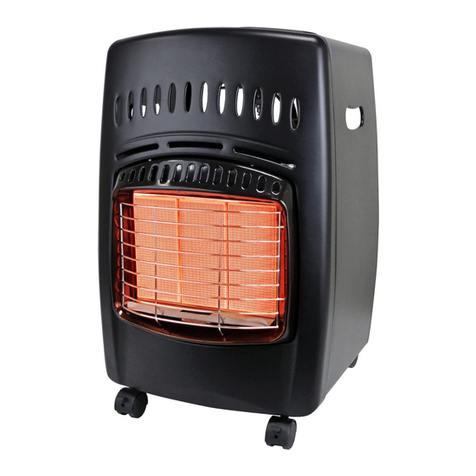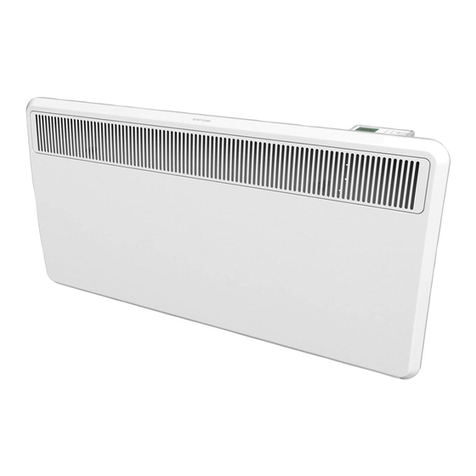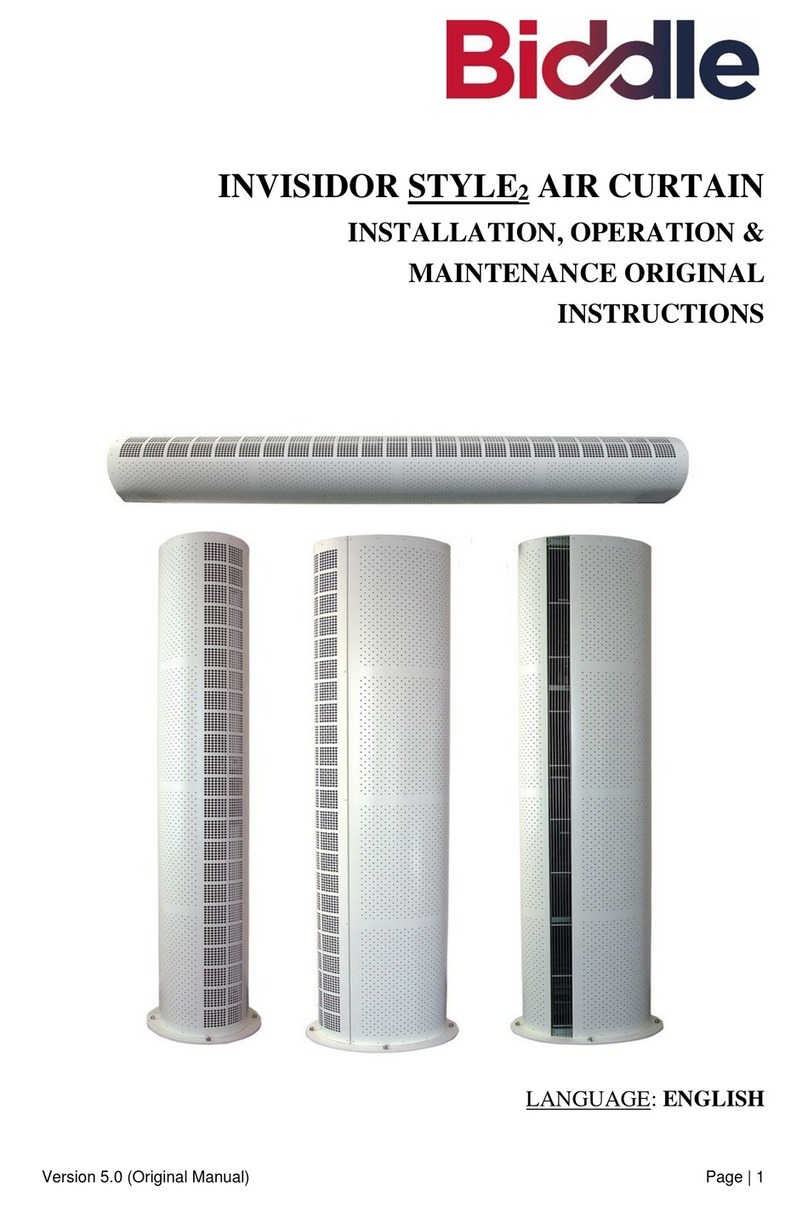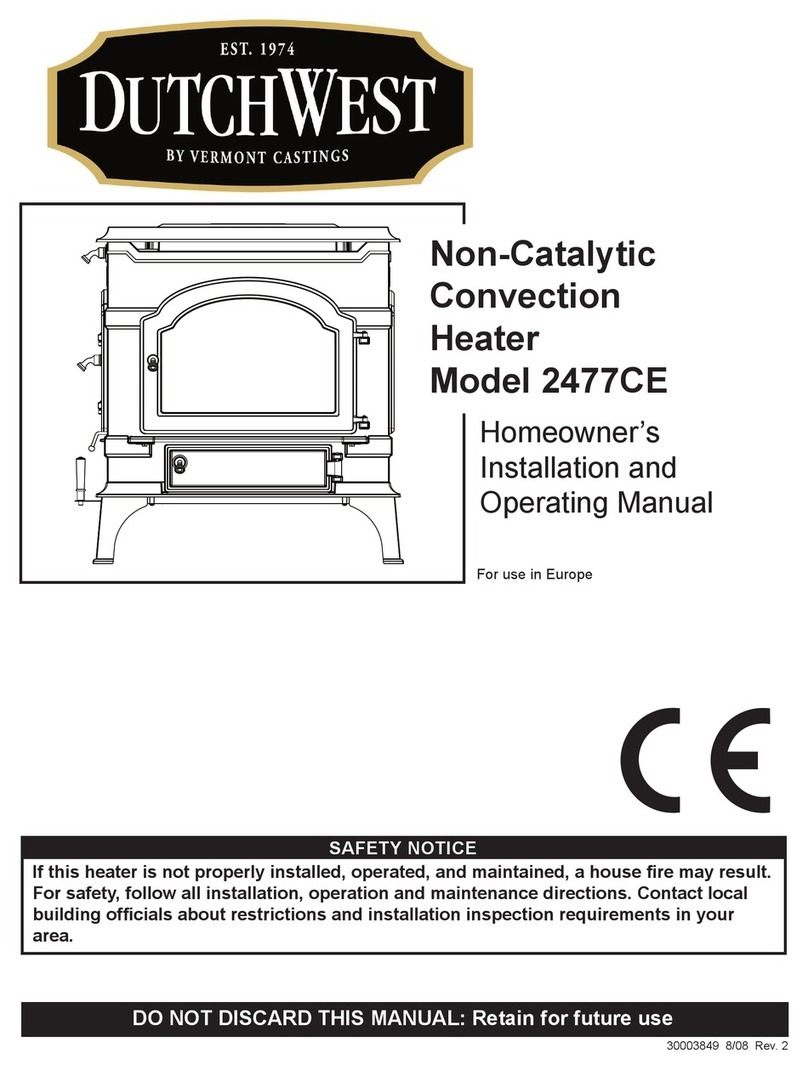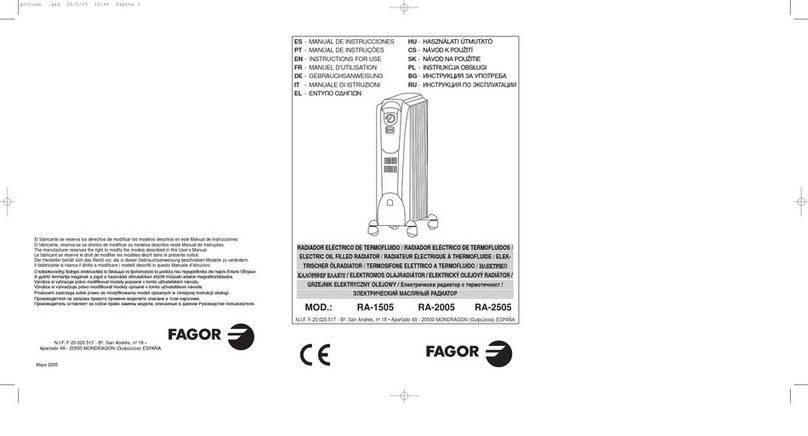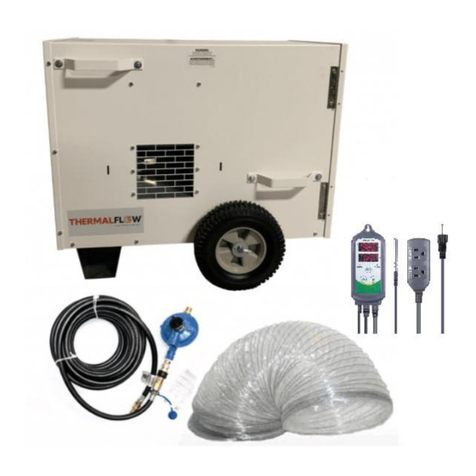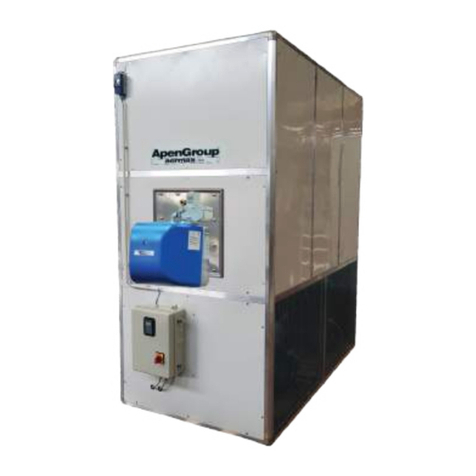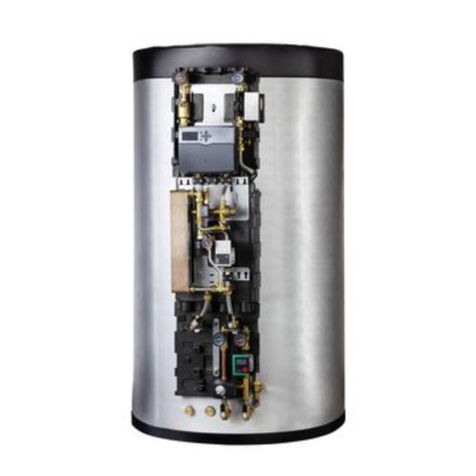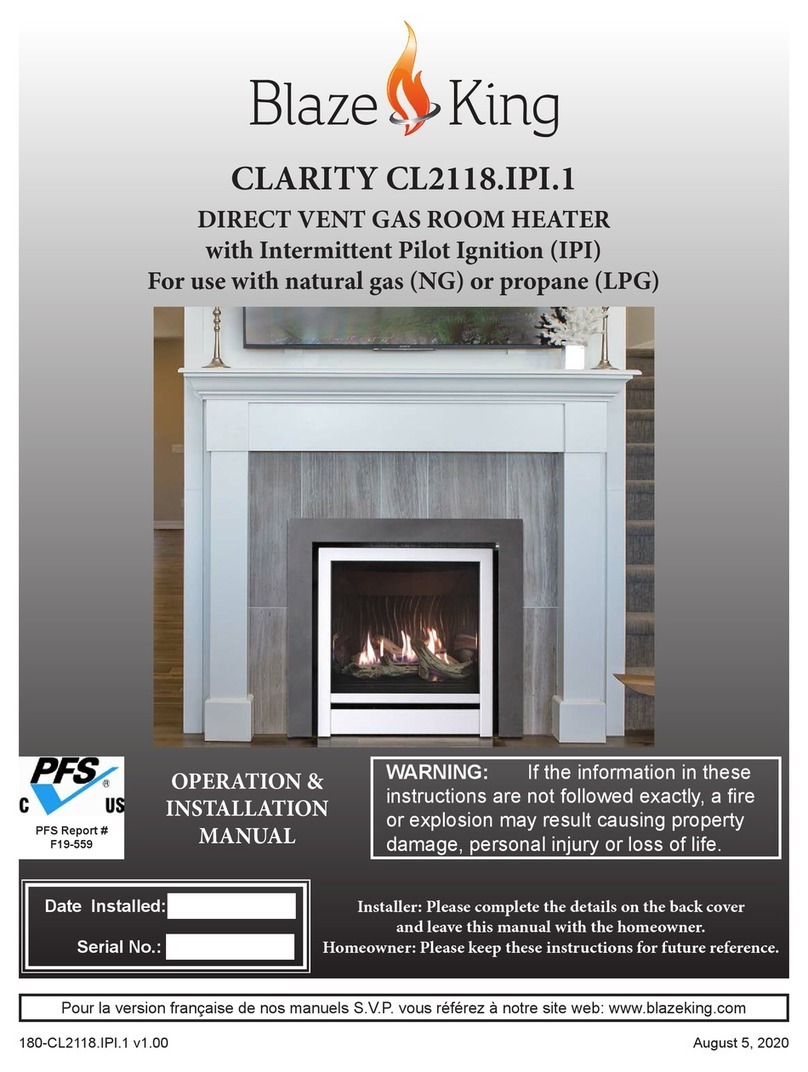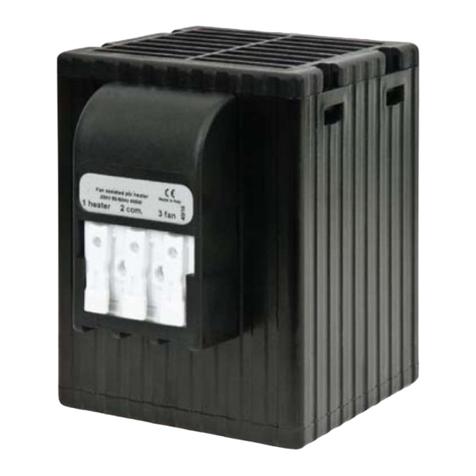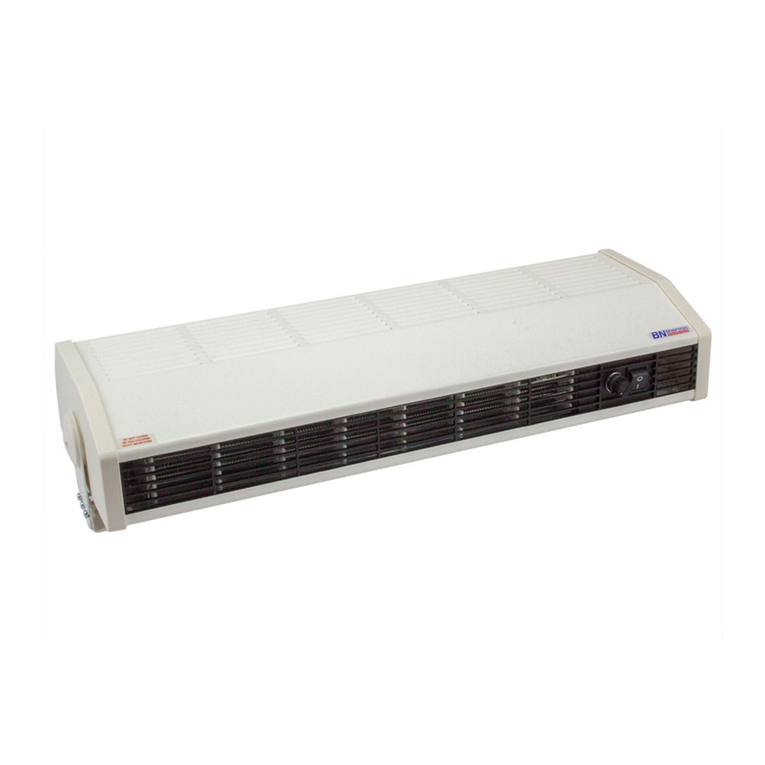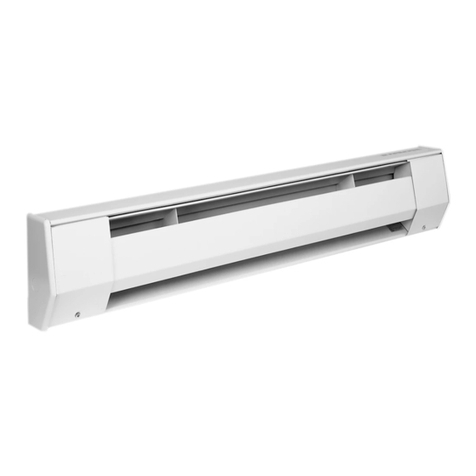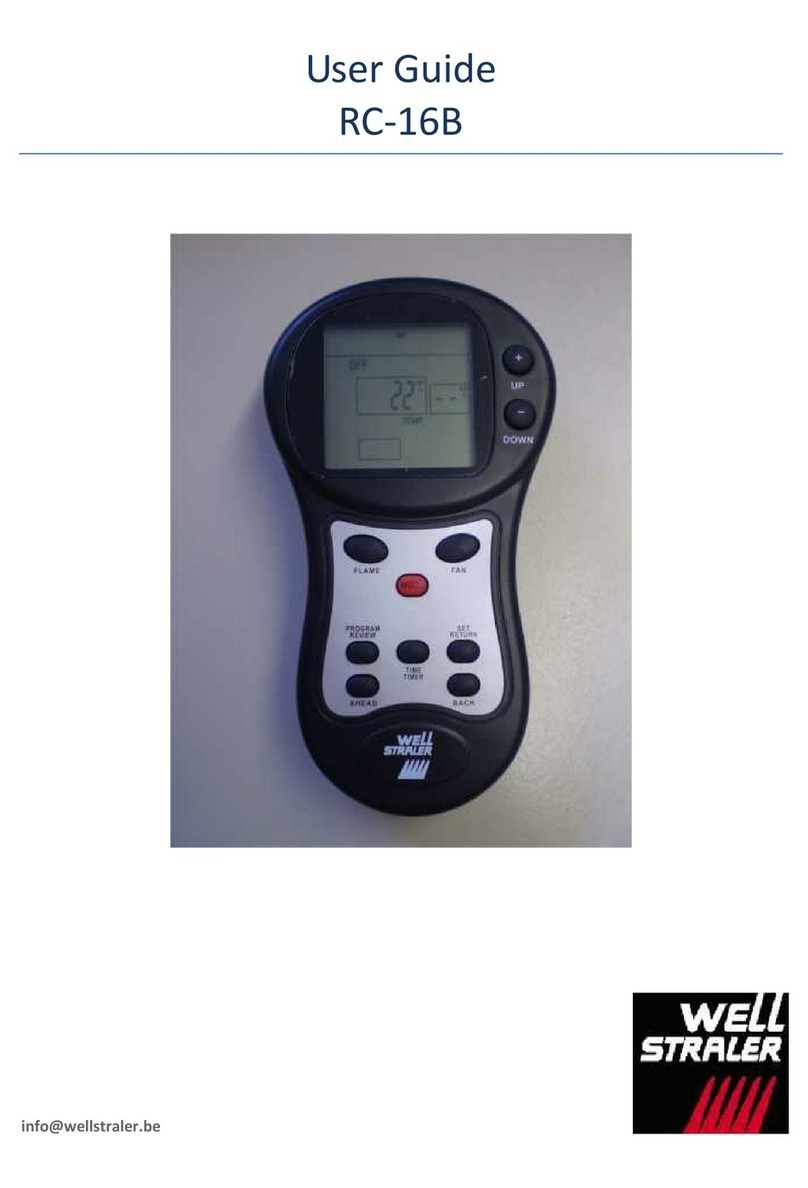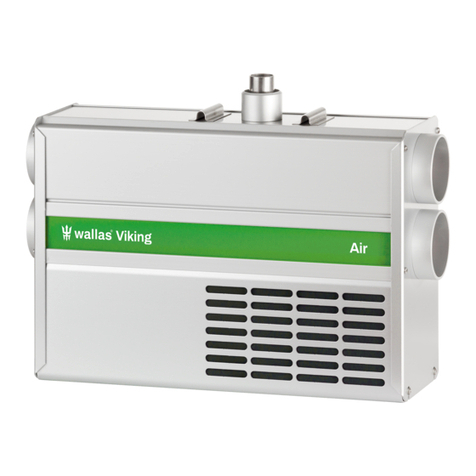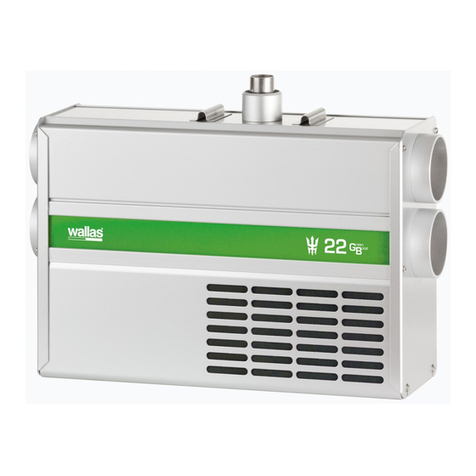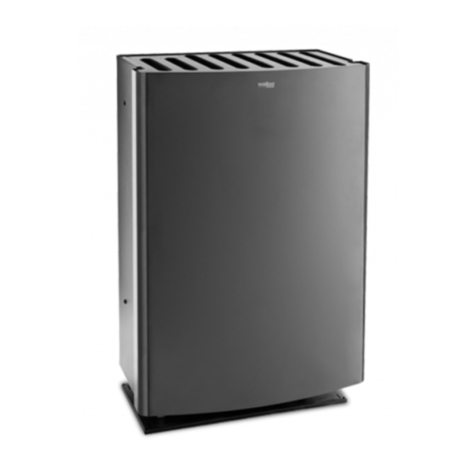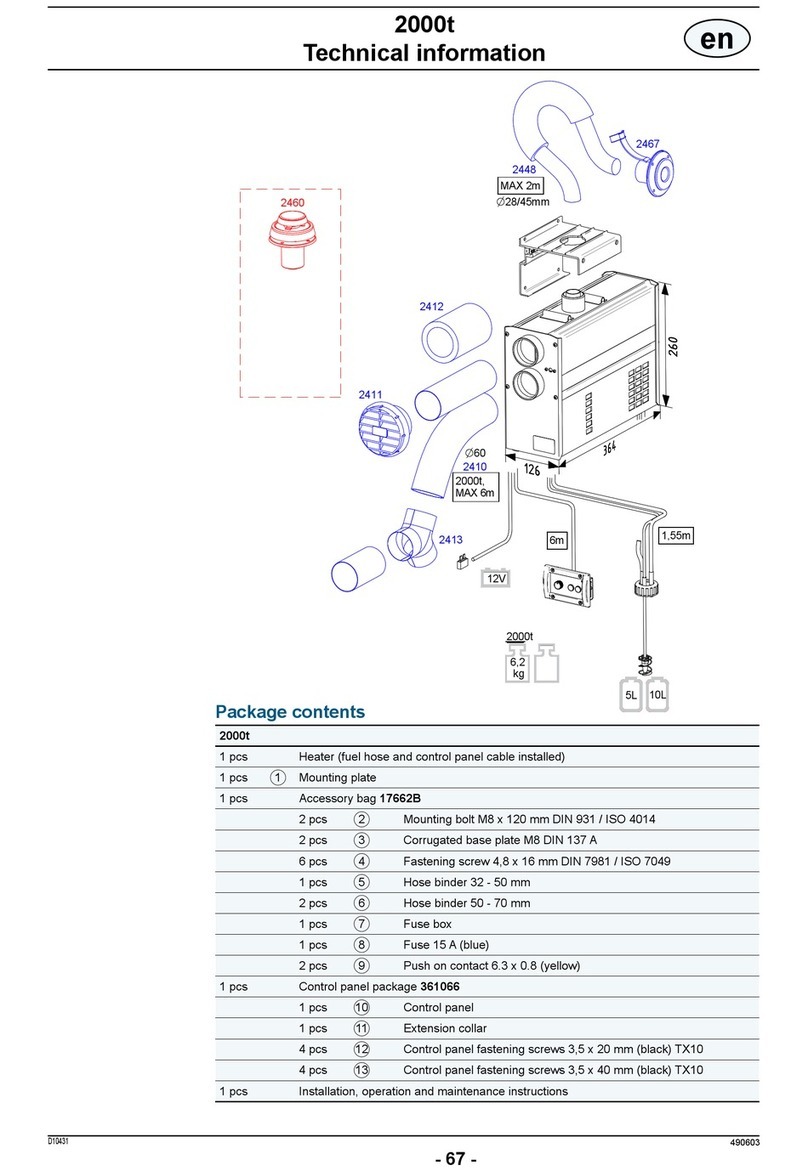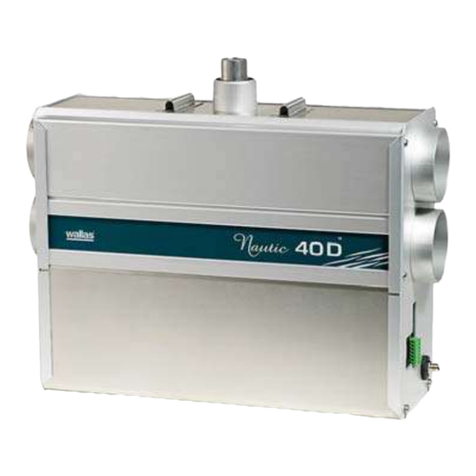
- 1 -
Technical information - Accessories and measures 2 ....................................................................................
2 .....................................................................................................................................................................................
Technical information - Technical information 3 ............................................................................................
3 .....................................................................................................................................................................................
Technical information - Operation description 4 ............................................................................................
4 .....................................................................................................................................................................................
Technical information - Things to note before Installation 5 .......................................................................
5 .....................................................................................................................................................................................
Installation - Fastening the device 6 ................................................................................................................
6 .....................................................................................................................................................................................
Installation - Electrical connections 9 ..............................................................................................................
9 .....................................................................................................................................................................................
Installation - Electrical connections B 9 ..........................................................................................................
9 .....................................................................................................................................................................................
Installation - Warm air ducting 12 ....................................................................................................................
12 ...................................................................................................................................................................................
Exhaust gas connections - Exhaust gas connections coaxial 13 ..................................................................
13 ...................................................................................................................................................................................
Exhaust gas connections - Side lead-through 2467 15 .................................................................................
15 ...................................................................................................................................................................................
Exhaust gas connections - Closable lead-through 2460 16 ..........................................................................
16 ...................................................................................................................................................................................
Exhaust gas connections - Stern lead-through 5400 17 ...............................................................................
17 ...................................................................................................................................................................................
Exhaust gas connections - Insulation kit 17 ....................................................................................................
17 ...................................................................................................................................................................................
Fuel connections - Fuel connections 18 ...........................................................................................................
18 ...................................................................................................................................................................................
Fuel connections - Fixed tank connection 30011 19 ......................................................................................
19 ...................................................................................................................................................................................
Fuel connections - Separate tank connection 20 ...........................................................................................
20 ...................................................................................................................................................................................
Fuel connections - Solenoid valve 21 ...............................................................................................................
21 ...................................................................................................................................................................................
Fuel connections - Tank external filters 22 .....................................................................................................
22 ...................................................................................................................................................................................
Operation - Device operation 23 .......................................................................................................................
23 ...................................................................................................................................................................................
Control Panel functions for 3007 and 3008 - Control Panel basic features. 25 ........................................
25 ...................................................................................................................................................................................
Control Panel - Software update 29 .................................................................................................................
29 ...................................................................................................................................................................................
Control Panel - Wallas Remote application and Control Panel connection 30 ..........................................
30 ...................................................................................................................................................................................
Installation and initial start-up - Installation and initial start-up 34 ..........................................................
34 ...................................................................................................................................................................................
Maintenance - Maintenance recommendations 36 ........................................................................................
36 ...................................................................................................................................................................................
Warranty terms - Warranty terms 37 ...............................................................................................................
37 ...................................................................................................................................................................................
Back cover - Wallas - Spartan Air 38 ................................................................................................................
38 ...................................................................................................................................................................................

